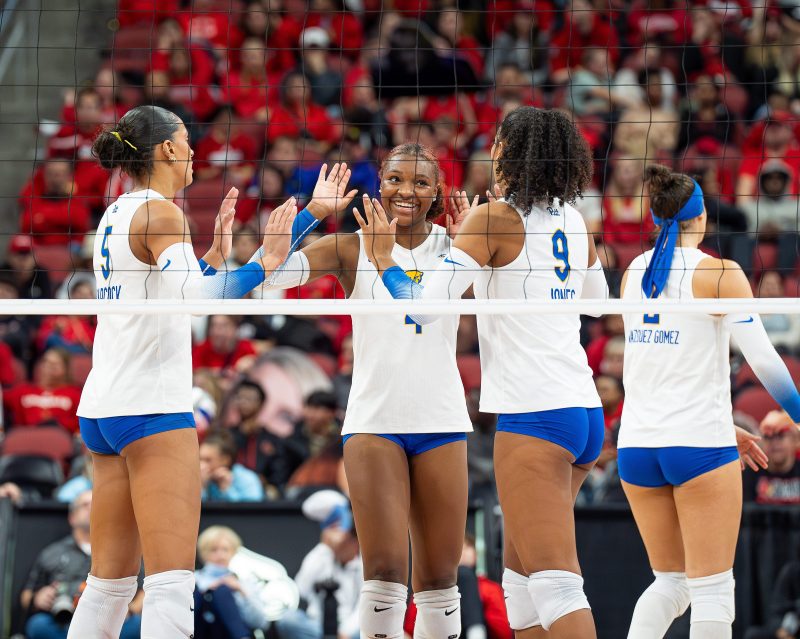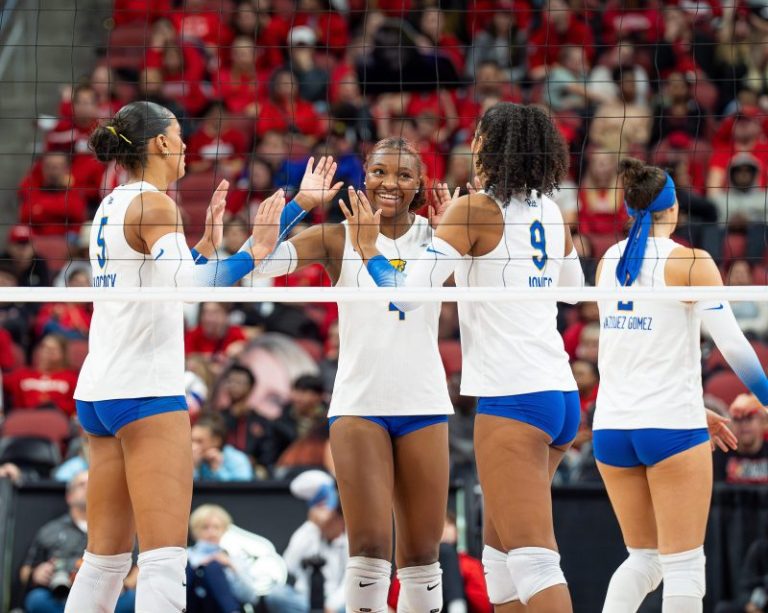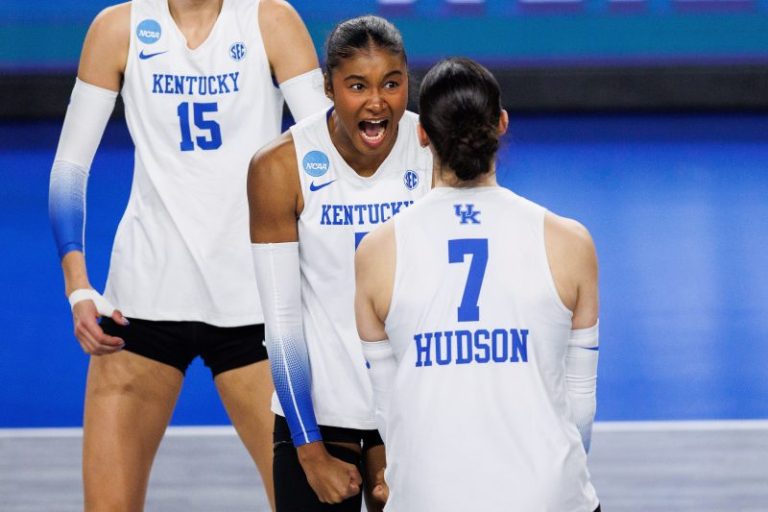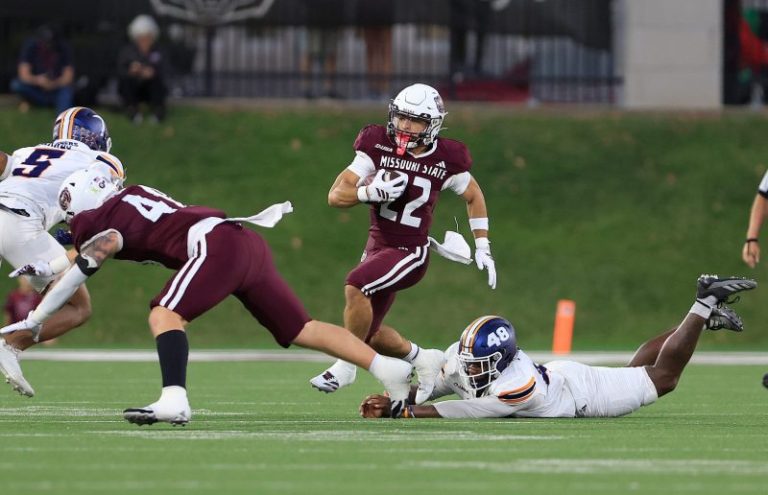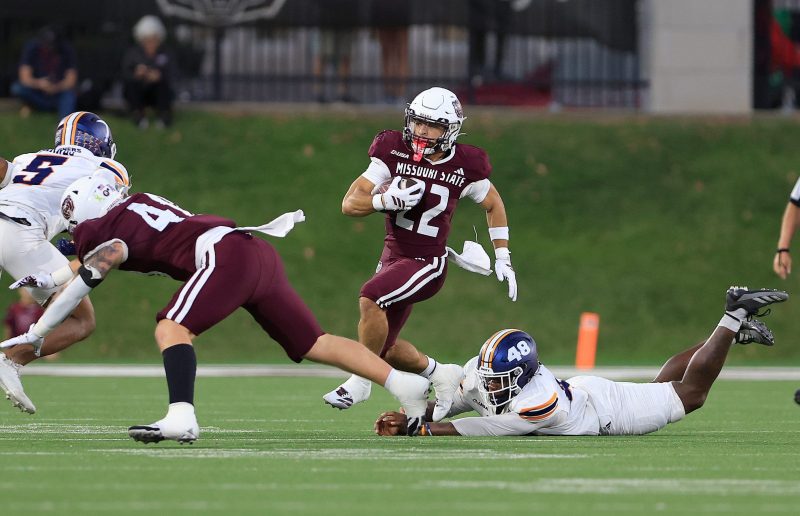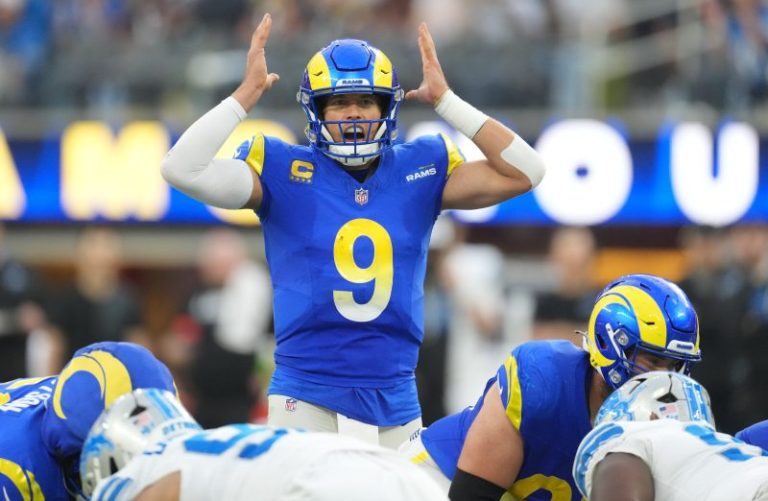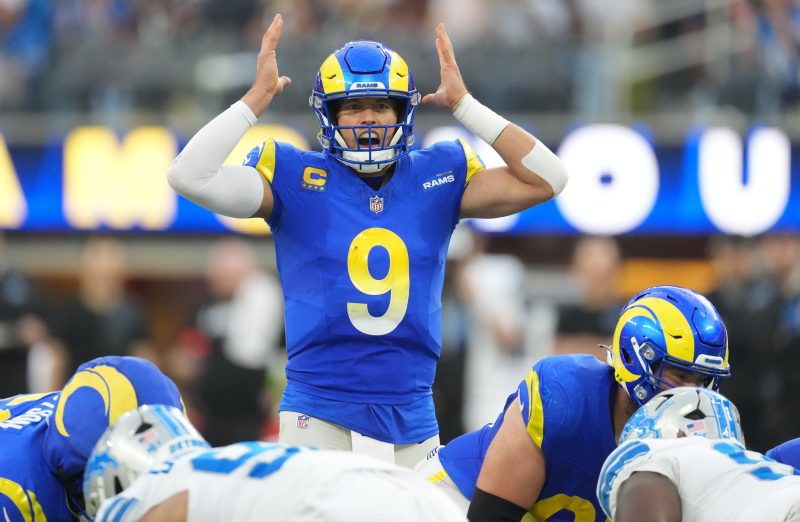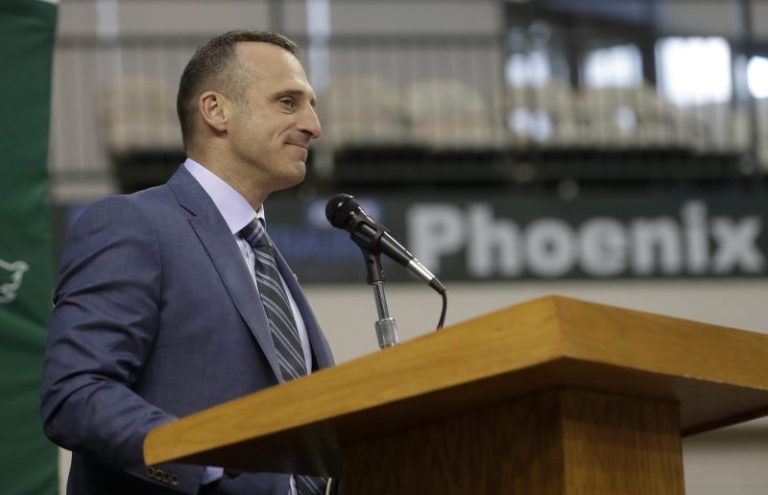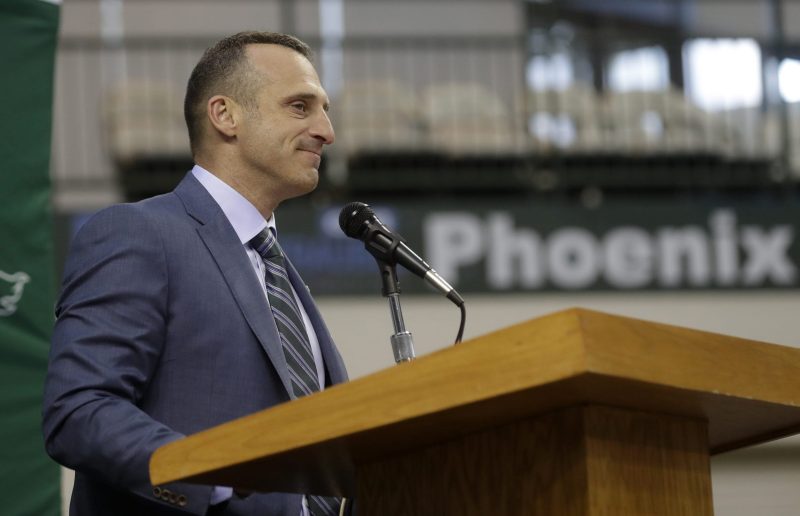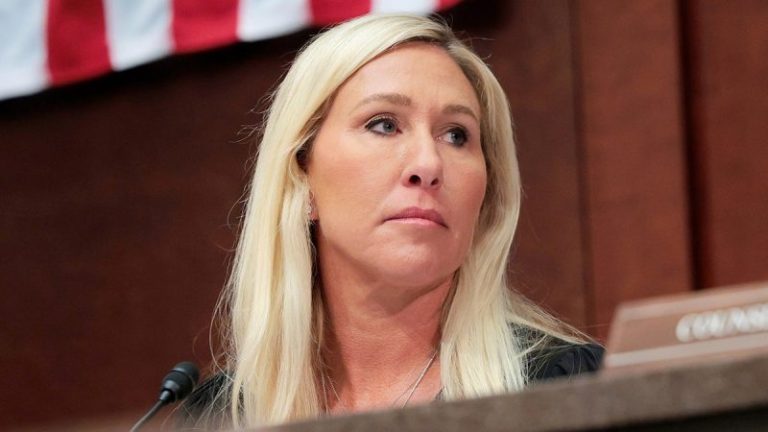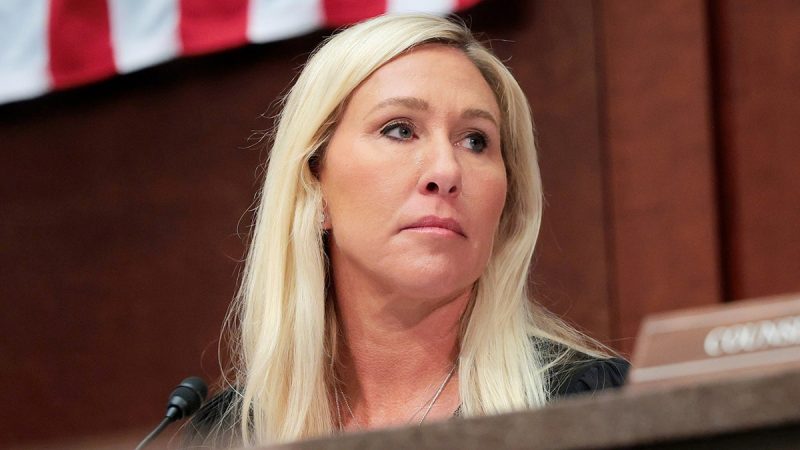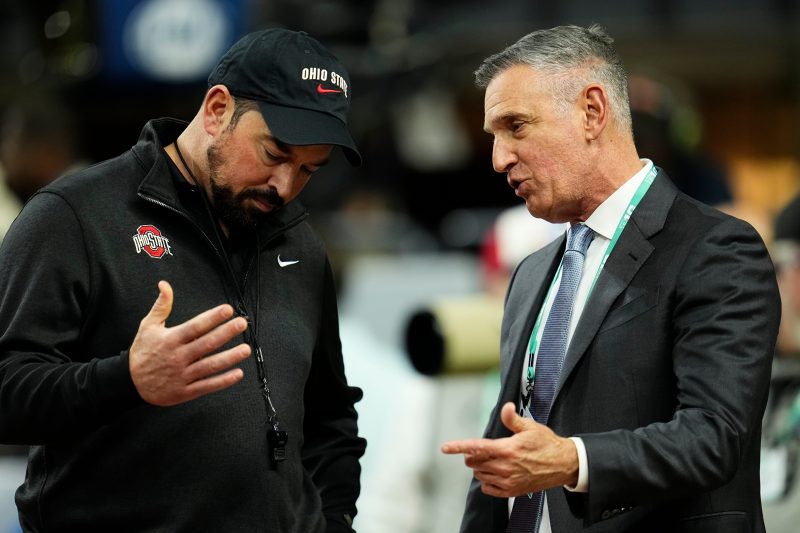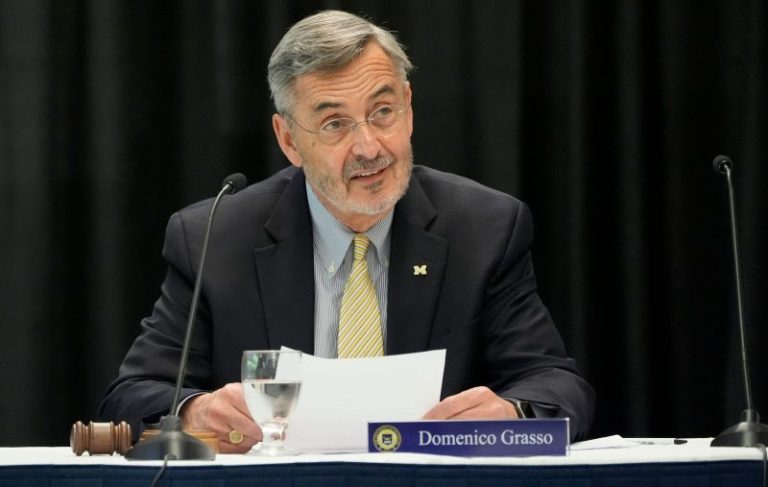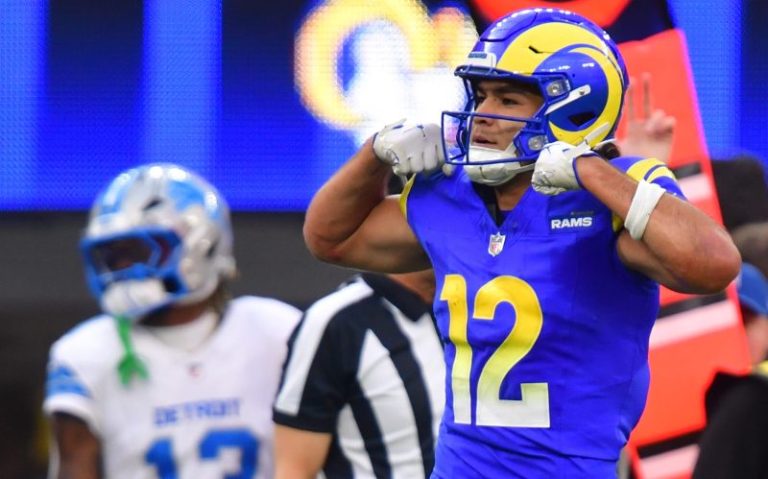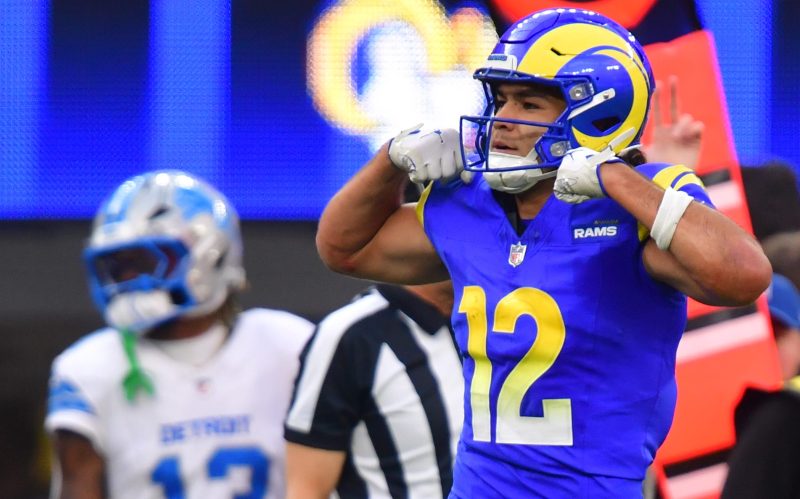
- Tagovailoa’s performance has declined in 2025, marked by a league-leading 15th interception and struggles without injured receiver Tyreek Hill.
- A massive contract extension signed last year makes trading or cutting Tagovailoa financially difficult for the Dolphins due to significant dead money implications.
- With the team in transition and already eliminated from the playoffs, the organization faces difficult decisions about the future of Tagovailoa, coach Mike McDaniel, and other key players.
Tanked for Tua?
It’s fair to say the Miami Dolphins have a major Tua Tagovailoa problem. A few actually. To anyone who covers or follows the NFL closely, they’ve been apparent for some time. But the issues moved to the forefront Wednesday morning when the 2020 first-rounder, who’s in the first season of a weighty contract extension, was reportedly benched for rookie Quinn Ewers. Miami hosts the Cincinnati Bengals on Sunday afternoon, a game once-ticketed for ‘Sunday Night Football’ flexed by the league earlier this month.
At first blush, it makes some sense. The Fins were officially eliminated from playoff contention with Monday night’s decisive loss at Pittsburgh, a game in which Tagovailoa struggled – especially without the benefit of the dominant ground attack the team had ridden on its four-game winning streak entering Week 15. His play “was not good enough,” head coach Mike McDaniel admitted Tuesday.
With three meaningless games left on the docket, why not get a look at Ewers, once a highly regarded prospect who fell to the seventh round of the 2025 draft – likely based on his limited physical attributes and an injury-plagued 2024 season at the University of Texas. Miami also has Zach Wilson, the No. 2 overall pick of the 2021 draft (by the New York Jets) on the roster, though he’s likely headed back to the free agent pool after the season.
“I think that the biggest thing is that you have a standard of performance,” said McDaniel. “There are oftentimes that heavy is the crown; there’s misplaced blame and it’s not always one person’s fault.
“(B)ut realistically I just want to give with some credence behind it, the team deserves to have the best chance to win the football game. That means taking care of the football, being able to make plays, move the chains and get the ball to the open guy. … There’s multiple things that have to be thought through, but ultimately we need to have better play at that position.”
Which brings us back to Tua, who was selected fifth overall in 2020 after a storied career at the University of Alabama, and the inherent difficulties of finding him another pool to swim in if he’s taken his final snap with the team.
Here are three issues the Dolphins must wrangle with as they determine Tagovailoa’s future:
Tua has played poorly in 2025
At his very best, Tagovailoa is an accurate, decisive quarterback – traits that have generally made him a snug fit in McDaniel’s offense. His completion rate has exceeded 67% each of the past three seasons, including a league-best 72.9% in 2024. His passer rating surpassed 100.0 in McDaniel’s first three seasons, beginning in 2022. Passer and scheme dovetailed nicely, McDaniel drawing up plays that so often had Tagovailoa firing the ball to Miami’s playmakers as soon as he hit the end of his drop.
But such offensive harmony has been hard to come by in 2025. The absence of injured WR Tyreek Hill has certainly been a contributing factor. And Tagovailoa’s weaknesses – unremarkable arm strength, vertically challenged, lack of mobility – have been exacerbated, especially so in light of some of his seemingly inexplicable reads and decisions, like Monday night’s league-leading 15th interception, the four sacks he absorbed, and Miami’s inability to covert six of its eight third-down opportunities. Tagovailoa wound up with 253 yards and two TDs through the air, but they were largely cosmetic stats in a game the Steelers led 28-3 in the fourth quarter.
What’s more noteworthy is that he didn’t throw more than 23 passes or for as many as 175 yards in any of the four games the Dolphins, who are now 6-8, won in succession prior to Monday night. Tagovailoa’s 88.5 QB rating in 2025 is his lowest since he was a rookie.
Tua’s contract is already a burden
It was just last year that Tagovailoa signed a four-year, $212.4 million contract extension ($167.2 million of it guaranteed). Compensated at $53.1 million annually on average, Tagovailoa ranks sixth on the league’s QB compensation scale … but he’s nowhere near No. 6 from a performance perspective.
Could the Dolphins trade him? Sure. All they’ll need to do is find a partner willing to take on a massive financial package for a player with so many on-field drawbacks – and such a move would still leave Miami with more than $45 million in dead money next year. Any potential swap is further complicated by Tagovailoa’s troublesome concussion history, though – fortunately – he was on track to make 17 starts for just the second time in his career prior to the decision to sit him. (So if it’s reality you value, no, he’s not tradeable.)
Could the Dolphins cut him? Sure. That will only trigger close to $100 million in dead money whether it’s eaten entirely in 2026 – the requisite $99.2 million hit would establish a new record among cap financial mistakes – or spread over two years. There is a $15 million option due next March that the Fins could trigger to mildly assuage the financial fallout for Tagovailoa, whose contract has $54 million guaranteed in 2026. Regardless, a release next year would bring a bitter financial pill and also make it virtually impossible for a team that’s already overspent in 2026 (by nearly $12 million, per Over The Cap) to remediate the roster with a better quarterback option or add assets anywhere else. (So if it’s reality you value, he’s very close to un-cuttable, at least not until 2027, when the cap hit drops to $34.8 million. Except …)
Should Tua be part of a Dolphins team already in transition?
Miami hasn’t won a playoff game with Tagovailoa or McDaniel … or anyone else in the past 25 years, the longest active drought in the NFL. Owner Stephen Ross and longtime GM Chris Grier dissolved their relationship on Halloween, and McDaniel’s job security has been a subject of speculation since last season’s uninspired 8-9 finish.
Aside from the warmth, beaches and nightlife of South Beach, Ross doesn’t have a whole to sell prospective future personnel bosses in the short term other than this job being one of 32. Tagovailoa is clearly problematic, even if McDaniel – he championed Tua at the outset of his 2022 arrival in the aftermath of the quarterback’s rocky relationship with previous coach Brian Flores – sticks around … and he no longer seems nearly as committed to the relationship. Tagovailoa’s willingness to publicly air the team’s dirty laundry at various times this year also wasn’t particularly helpful, though this locker room has had accountability issues for years.
The team’s cap situation will likely necessitate the release of Hill, recently one of the league’s most dominant players but now a guy with his own baggage as he tries to come back from a grisly knee injury that ended his 2025 campaign in September.
If McDaniel, whom Ross seems to favor − and the coach did briefly resurrect a team that could have quit weeks ago − stays, then maybe so does Tagovailoa. For 2026. He’s already been paid, and the path of least resistance would be giving him one more shot to flourish – even if he ends up serving as a bridge from the job that once seemed like it would be his for a decade-plus. And, don’t forget, Denver Broncos coach Sean Payton gave it a (basically unavoidable) go with Russell Wilson in 2023, getting a lay of the Rocky Mountain football landscape but eventually opted to take a (still) record $85 million dead cap hit in 2024 to pivot from Wilson to Bo Nix. That course of action has worked out beautifully for a squad that’s reached the playoffs two years running – even as it continues to work off its Wilson cap debt. But it required a made man with Payton’s organizational juice to execute it.Feels like history could repeat itself in South Florida, as it seems the Dolphins have entered the “when, not if” window for what seems like the inevitable divorce from the fallen face of their franchise.
This post appeared first on USA TODAY
